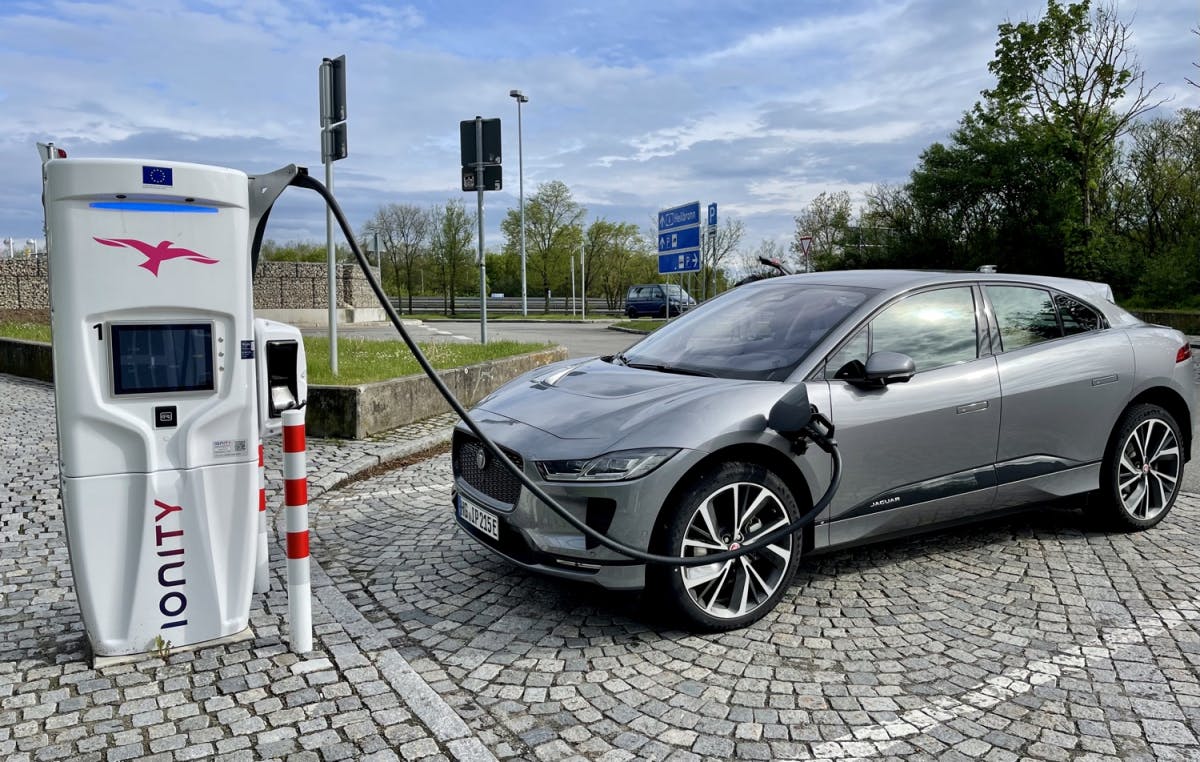This system charges pedelecs wirelessly
An induction surface embedded in the floor charges pedelecs wirelessly using a bike stand that fits every e-bike. This is particularly interesting for operators of e-bike fleets – but it is also possible at home.
It is one of the inconveniences of using an e-bike. The battery must be charged at regular intervals. This requires either the connection of the Pedelec to a socket or the removal of the battery from the frame and subsequent charging at a socket. The manufacturers also supply proprietary chargers.
This can still be handled to some extent in the private sector, but here, too, tenants of apartments on the fourth floor have to be careful when buying their pedelec to choose one with a battery that can be removed. This is not the case with a number of models, especially cheaper ones.
Fleet operators with many bicycles usually rely on models for which there are charging stations that hold several batteries. Anyone who does not do this is confronted with a hodgepodge of different chargers for their various pedelecs. Problems are inevitable.
Tiler: Park your bike – it charges automatically
The Dutch startup Tiler from Delft markets one charging solution developed at the local universitywhich can be used for all Pedelecs, provided that they can be charged (also) without removing the battery. All that is needed is a bicycle stand that is able to take induction voltage from a charging tile that is to be integrated into the floor. The electronics in the bike stand are connected to the existing charging device for the battery. The stand has two contact points on its base, which correspond to those on the loading tile.
Thanks to the flexible use of the required number of tile tiles, bicycle parking spaces in companies, but also in private residential complexes, in hotels, city centers or other public areas can be retrofitted with the option of charging when parking. This works automatically and without any further effort on the part of the pedelec user.
According to Tiler, charging via the floor tile is no slower than charging via the standard chargers of the pedelec manufacturers – unless they are fast chargers. Nevertheless, Tiler wants to offer its tiles with higher currents in the future – currently the loading tiles work with two amperes.
So far, anyone interested in Tiler floor tiles has only had the option of renting the loading space as part of a pilot project. For 25 euros per month and loading tile plus installation and bike rack, Tiler offers its technology within the framework of three-year contracts.


